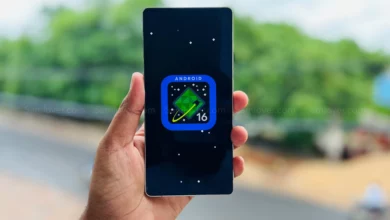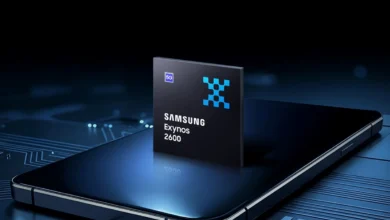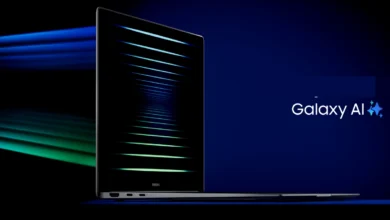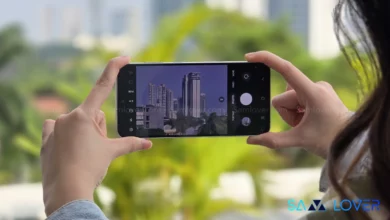Google Workspace getting Google Vids: Lets you create videos with AI
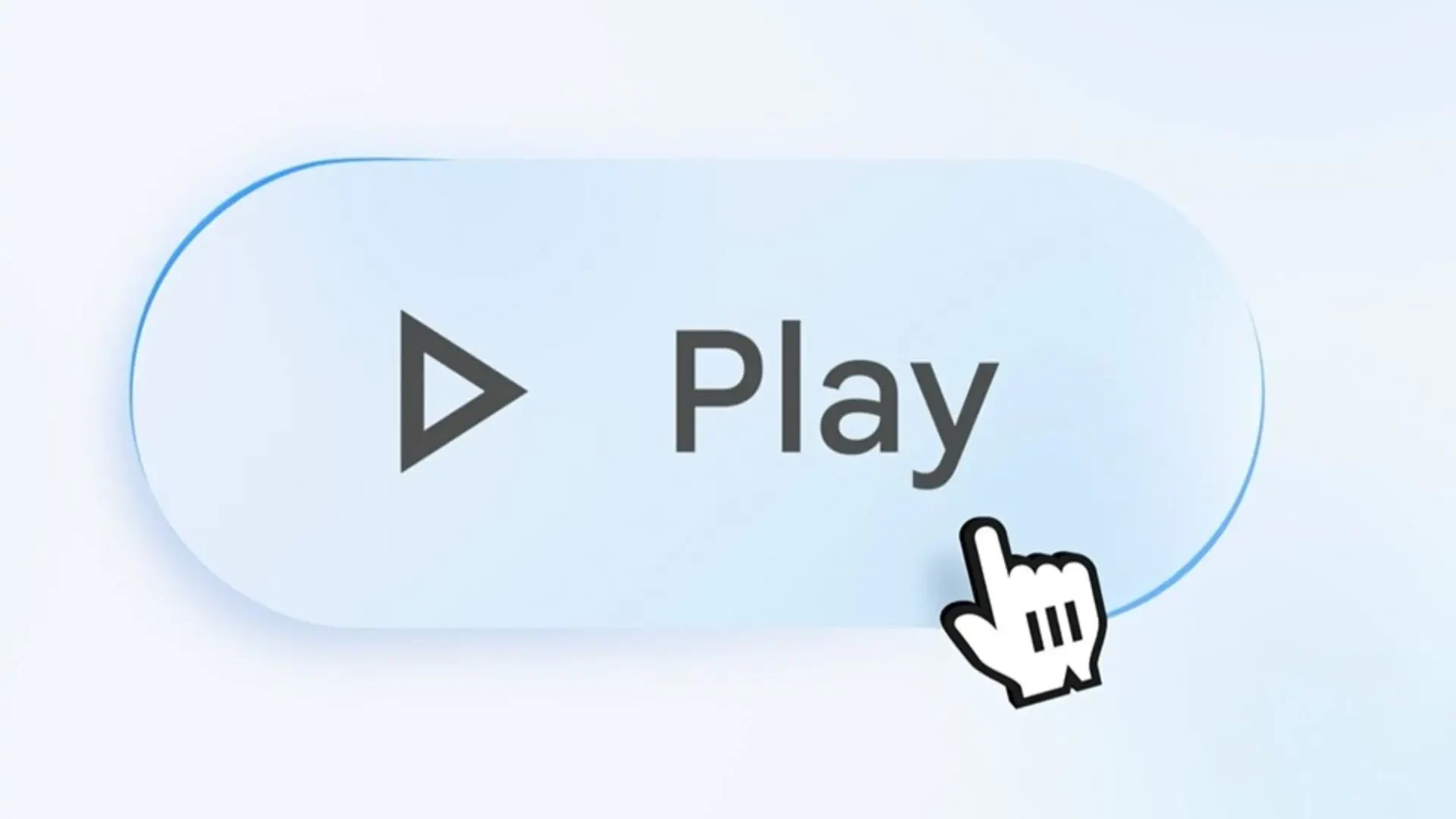
Google is expanding its ways to offer a new convenience facility as its workspace is getting a new video creation tool called Google Vids.
Google Workspace is introducing a new video creation tool called Google Vids, or you can call it ‘PowerPoint on steroids.’ Google announced it a few months ago, and it is now announcing a free, public testing phase.
This new facility, named Google Vids, permits you to both work with existing video content and create video from scratch.
Create videos from scratch with the help of Gemini for particular options, such as the ability to outline a script, and create multiple slides until you find the usable video content. Once the first draft has been prepared, the user can then adapt the output to their satisfaction, customizing or even deleting slides, as well as working on texts, images, and more.
Once you are done with the work, you can save the format with an MP4 extension. As compared to other more classically designed tools included in Google Workspace, Google Vids appear to be more focused on AI.
While starting a new project in Google Workspace, you can use the Gemini prompt to give instructions to the AI assistant to enhance your experience. The giant has already made this prompt box available. Noticeably, the documents you have already uploaded to Google Drive Gemini can be analyzed.
All the functionality mentioned above regarding Google Vids is described by one of our colleagues, Android Authority, who also wanted to show a demonstration of Google Vids’ capabilities using the following prompt: “Inform our employees about the latest discoveries on the benefits of video games. Highlight how video games can improve cognitive function, problem-solving skills, and social interaction.”
However, at the moment Google Vids is running in a very early testing phase, so it might be possible you can face some roughness.
